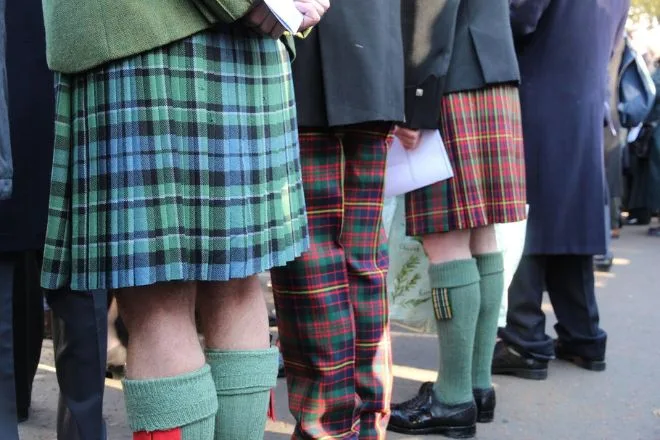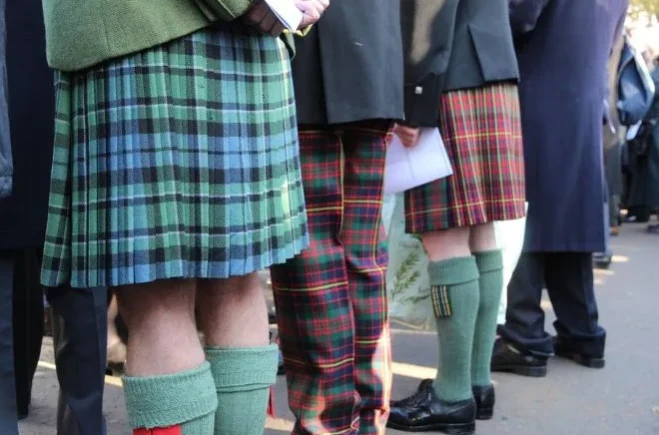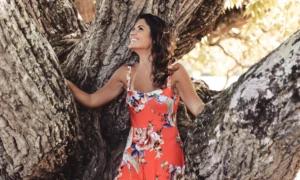The Scottish Highland Games and Kilts have been a proud tradition of Scottish culture for centuries. The games, which originated in the Scottish Highlands in the 11th century, were designed as a way for Scottish clans to compete against one another in athletic contests, showcasing their strength and agility. The Kilt, on the other hand, is the traditional dress of Scotland and is believed to date back to the 16th century. In this article, we will take a closer look at the history and significance of the Highland Games and Kilts, the various events that take place at the Highland Games, and the cultural significance of both in modern times.
The Highland Games
The Highland Games are a series of athletic competitions that take place throughout Scotland and other parts of the world. The games feature various events that test the strength, speed, and endurance of the athletes. Some of the most popular events at the Highland Games include the caber toss, the hammer throw, the weight throw, the tug of war, and the stone put. Each event has its own unique history and significance.

The caber toss, for example, involves a competitor lifting and then tossing a large wooden pole, known as a caber. The goal is to toss the caber so that it flips end-over-end and lands as straight as possible. The hammer throw involves throwing a heavy hammer as far as possible, while the weight throw and stone put require competitors to throw a heavy weight or stone as far as they can.
The Highland Games are also famous for their pipe and drum bands, as well as their dancing competitions. The pipe and drum bands play traditional Scottish music, while the dancing competitions feature the Highland Fling, the Sword Dance, and the Seann Triubhas. Each dance has its own unique steps and traditions.
The Kilt
The Kilt is the traditional dress of Scotland and is an important symbol of Scottish culture. The Kilt is a type of skirt that is made from wool and is typically worn by men. The Kilt is usually worn with a sporran (a pouch worn around the waist), a jacket, and a hat.

The history of the Kilt can be traced back to the 16th century when the traditional dress of Scottish Highlanders consisted of a long shirt and a belted plaid. The plaid was a large piece of fabric that was draped over the shoulder and fastened at the waist. Over time, the plaid was shortened and became the Kilt that we know today.
There are several different types of Kilts, each with its own unique patterns and significance. The most famous type of Kilt is the Scottish tartan, which is a pattern of crisscrossing lines and colors that is unique to each Scottish clan. The tartan is an important symbol of Scottish heritage and is often worn at special occasions, such as weddings and funerals.
The Cultural Significance of Highland Games and Kilts
Highland Games and Kilts are an important part of Scottish culture and heritage. The Highland Games celebrate the strength, endurance, and determination of the Scottish people, while the Kilt is a symbol of Scottish pride and identity. In modern times, Highland Games and Kilts continue to be an important part of Scottish culture.
The Highland Games are held throughout the year in Scotland and in other parts of the world, including the United States, Canada, and Australia. The games are a popular tourist attraction and draw thousands of visitors each year. In addition to the athletic competitions, the games also feature traditional Scottish music, dancing, and food.
The Kilt is also an important symbol of Scottish culture and is worn by men and women all over the world. In addition to being a fashion statement, the Kilt is a symbol of Scottish heritage and pride. Many people choose to wear Kilts to special events, such as weddings, graduations, and other celebrations. Kilts are also commonly worn at Scottish festivals and other cultural events.
However, despite their popularity, Highland Games and Kilts are often misunderstood by people outside of Scottish culture. Some people believe that the Highland Games are violent or dangerous, while others believe that the Kilt is a skirt and therefore not appropriate for men to wear. These misconceptions are far from the truth and do not accurately represent the rich history and cultural significance of Highland Games and Kilts.
Conclusion
In conclusion, Highland Games and Kilts are fascinating parts of Scottish culture that have been around for centuries. The Highland Games celebrate the strength and endurance of the Scottish people, while the Kilt is a symbol of Scottish pride and identity. Both are important cultural traditions that continue to be celebrated around the world today. Despite misconceptions, Highland Games and Kilts remain an important part of Scottish heritage and culture, and their significance will continue to be celebrated for generations to come.































